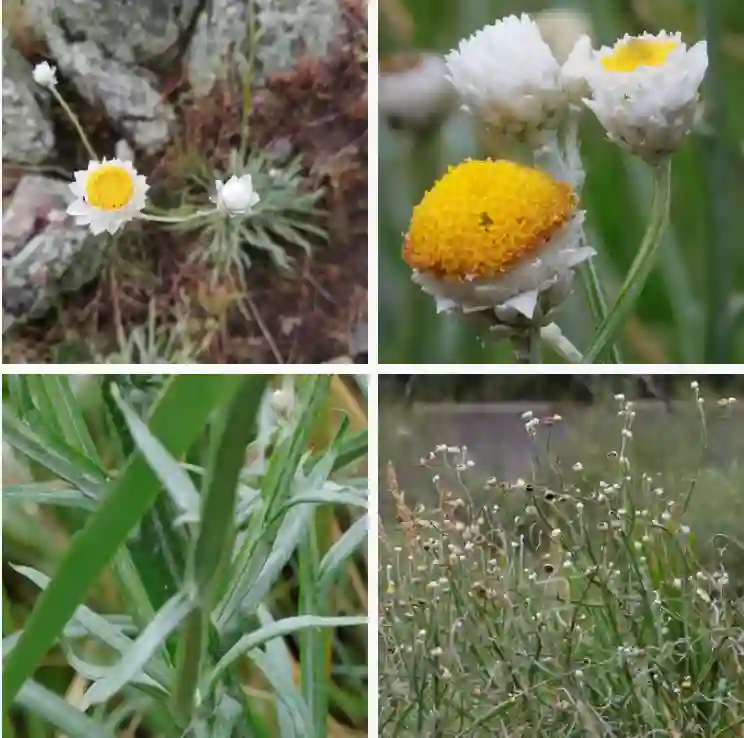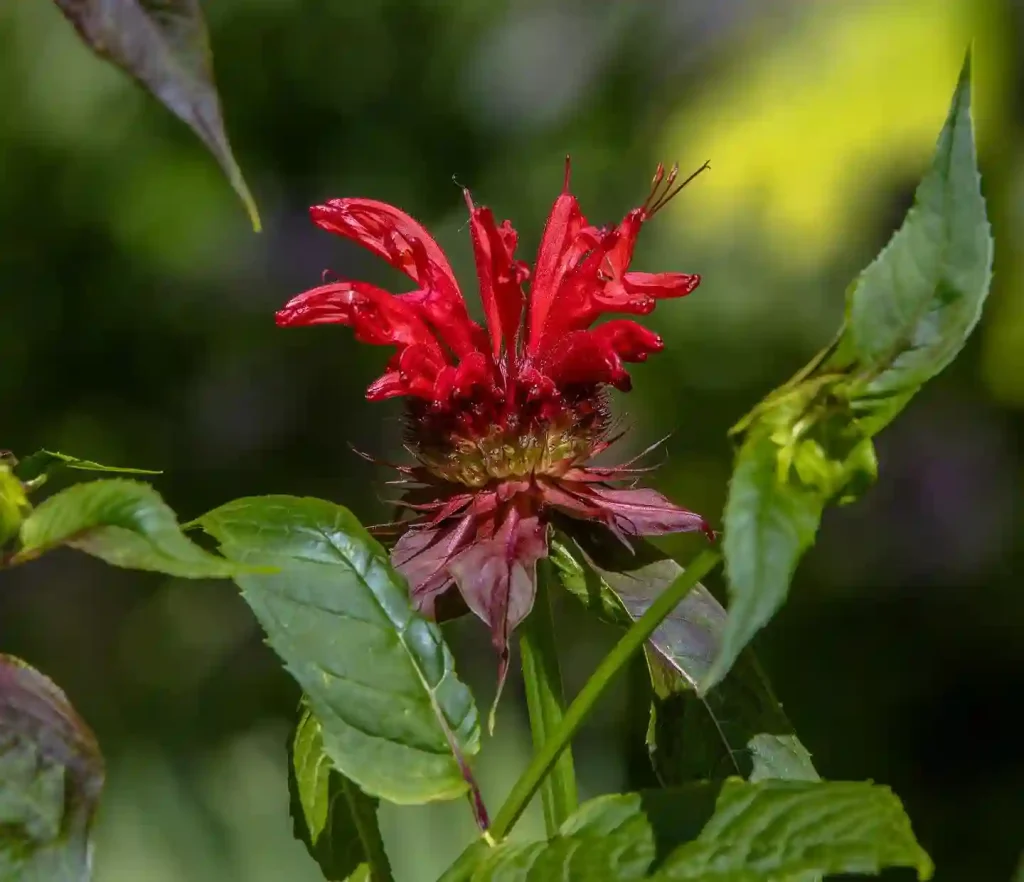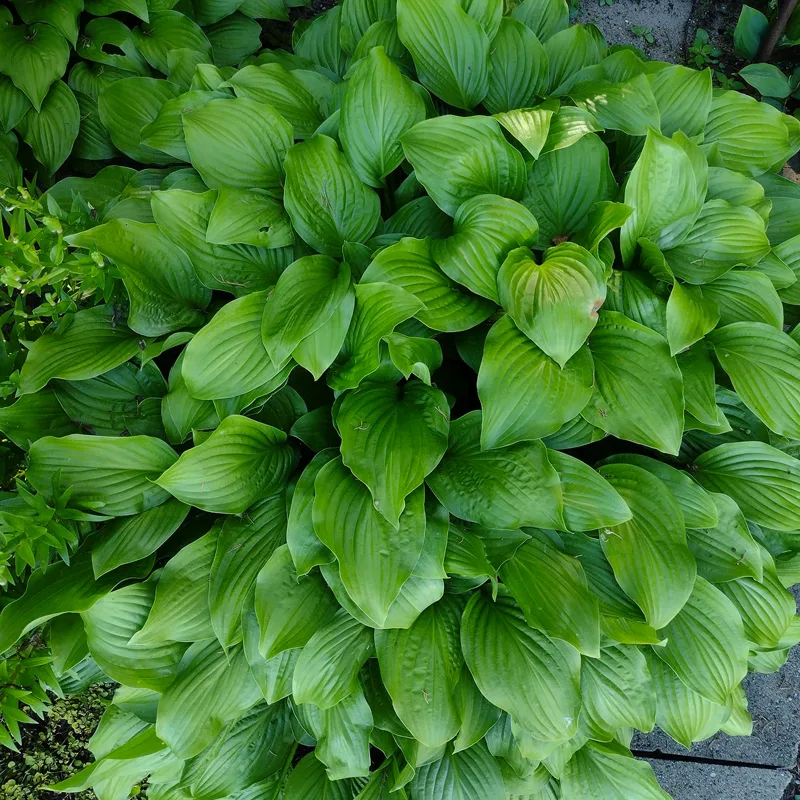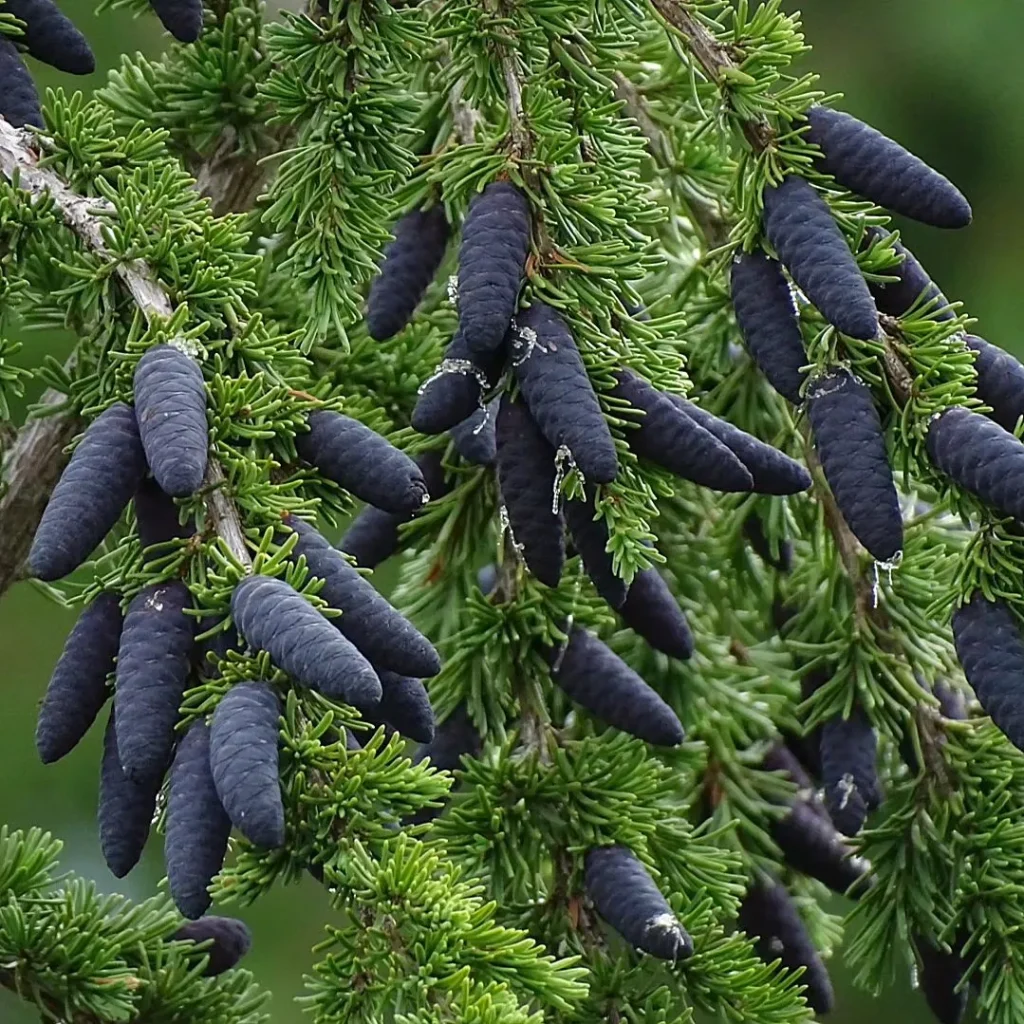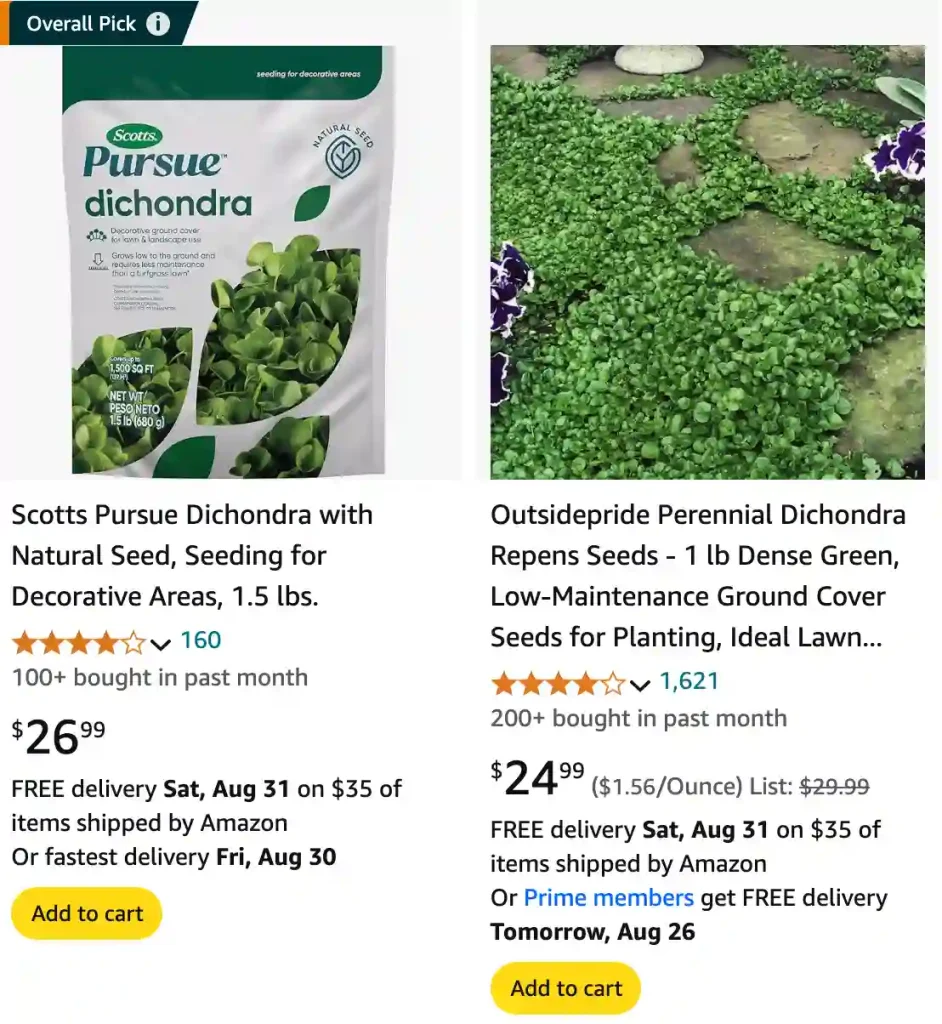
Dichondra: A Carpet of Green
My name is Ferb Vu, and I’ve always been fascinated by the subtle beauty of groundcovers. While many gardeners are drawn to showy blooms and towering foliage, I find myself captivated by the plants that hug the earth, creating a living tapestry of green. Among my favorites is the genus Dichondra, a group of unassuming yet remarkably versatile plants.
Dichondra, belonging to the morning glory family (Convolvulaceae), is a genus of creeping, herbaceous perennials. They are characterized by their prostrate growth habit, with stems that readily root at the nodes, allowing them to spread and form a dense mat. This makes them ideal for a variety of applications, from lawn substitutes to hanging baskets.
A Closer Look at Dichondra
The leaves of Dichondra are typically kidney-shaped or rounded, giving rise to the common name “kidney weed.” They are often covered in fine hairs, giving them a velvety texture. The flowers, while small and inconspicuous, add a delicate charm. They are typically white, greenish, or yellowish, and measure only a few millimeters in diameter.
Though often overlooked, Dichondra plays a vital role in the ecosystem. It provides ground cover that helps prevent soil erosion and suppress weeds. It also offers habitat and forage for various insects and small animals.
Species in Dichondra
The genus Dichondra comprises a small number of species, with varying distributions and characteristics. Here are:
- Dichondra argentea Willd.
- Dichondra brachypoda Wooton & Standl.
- Dichondra brevifolia Buchanan
- Dichondra carolinensis Michx.
- Dichondra donelliana Tharp & M.C.Johnst.
- Dichondra evolvulacea (L.f.) Britton
- Dichondra macrocalyx Meisn.
- Dichondra micrantha Urb.
- Dichondra microcalyx (Hallier f.) Fabris
- Dichondra nivea (Brandegee) Tharp & M.C.Johnst.
- Dichondra occidentalis House
- Dichondra parvifolia Meisn.
- Dichondra recurvata Tharp & M.C.Johnst.
- Dichondra repens J.R.Forst. & G.Forst.
- Dichondra sericea Sw.
Does Dichondra Die in Winter?
Yes, Dichondra can die back in winter, especially in regions with cold temperatures. This plant is generally more suited to warmer climates and may not survive frost. In colder areas, Dichondra is often treated as an annual rather than a perennial. If you want to keep it year-round, consider bringing it indoors or providing protection during the winter months.
Is Dichondra Invasive?
Dichondra can be invasive in some regions, particularly where it thrives as a ground cover. Its spreading nature can outcompete other plants and take over garden spaces if not managed properly. It’s important to monitor its growth and contain it within designated areas to prevent it from becoming a problem.
Is Dichondra Toxic to Dogs?
No, Dichondra is not known to be toxic to dogs. However, it’s always a good idea to monitor your pets and ensure they don’t excessively nibble on garden plants. While Dichondra isn’t harmful, ingestion of large quantities of any plant can sometimes cause gastrointestinal upset in pets.
How to Get Rid of Dichondra?
To get rid of Dichondra, you can start by manually removing it from your garden. Pull it out by the roots to ensure it doesn’t regrow. For a more extensive removal, applying a non-selective herbicide can be effective. Be cautious with herbicides, as they can affect other plants in the area. Regular maintenance and monitoring are key to keeping Dichondra under control.
Where to Buy Silver Falls Dichondra?
Silver Falls Dichondra can be found at many garden centers and nurseries. You can also purchase it online through plant retailers or marketplaces like Amazon. If you’re looking for a specific variety like Silver Falls, checking with local nurseries or specialty plant stores can yield good results.
Will Vinegar Kill Dichondra?
Vinegar can kill Dichondra, as it is a natural herbicide. The acetic acid in vinegar can burn the leaves and inhibit growth. However, vinegar is non-selective and will harm any plant it touches. If you decide to use vinegar, apply it directly to the Dichondra and avoid contact with other plants.
Can Dichondra Grow in Shade?
Yes, Dichondra can grow in shade, though it performs best in areas with partial to full sun. In shaded areas, it may grow more slowly and become less dense. It’s a versatile plant that can adapt to various light conditions, but it will be more vigorous with ample sunlight.
Can Dichondra Grow Indoors?
Dichondra can be grown indoors, but it requires bright, indirect light to thrive. Ensure it gets enough light and maintain a well-draining soil mix. Indoor conditions can be less ideal than outdoor environments, so regular care and attention are necessary to keep it healthy.
Can You Grow Dichondra from Cuttings?
Yes, you can grow Dichondra from cuttings. Take stem cuttings with at least one node and root them in water or a soil mix. Keep the cuttings in a warm, humid environment until they develop roots. This method is a great way to propagate and spread your Dichondra plants.
Can You Walk on Dichondra?
Dichondra is not particularly suited for heavy foot traffic. While it can handle occasional walking, constant trampling can damage its delicate leaves and reduce its overall health. It’s best used in areas with light foot traffic or as a decorative ground cover rather than a high-use lawn substitute.
Do Deer Eat Dichondra?
Deer generally avoid eating Dichondra. Its low-growing nature and texture are not particularly appealing to deer, making it a good choice for deer-prone areas. However, in times of food scarcity, deer might nibble on it, so some protection might be needed in extreme cases.
Does Atrazine Kill Dichondra?
Atrazine is a herbicide that can kill Dichondra. It is effective in controlling broadleaf weeds and may target Dichondra if used improperly. Always follow application instructions carefully and consider alternative weed control methods if you’re concerned about harming other plants.
Does Dichondra Flower?
Dichondra typically does not flower. Its appeal lies in its attractive foliage rather than blooms. The plant is grown primarily for its decorative green coverage and spreading habit.
How Fast Does Dichondra Grow?
Dichondra grows relatively quickly, making it a popular choice for ground cover. Under optimal conditions, it can spread and cover an area within a few months. Growth rate can vary based on light, water, and soil conditions.
Dichondra vs. Clover
Dichondra and clover are both used as ground covers, but they have different characteristics. Dichondra has a lush, spreading habit with small, round leaves, while clover is known for its trifoliate leaves and can be a good option for lawns. Dichondra tends to be more tolerant of shade, while clover thrives in sunny locations.
Dichondra vs. Dollarweed
Dollarweed and Dichondra are often confused due to their similar appearance. However, Dollarweed (Hydrocotyle umbellata) is a true aquatic plant and is often found in wet areas, while Dichondra is more versatile and suited for various garden conditions. Dollarweed has larger, rounded leaves compared to Dichondra’s smaller, more compact foliage.
Dichondra vs. Creeping Jenny
Dichondra and Creeping Jenny (Lysimachia nummularia) are both excellent ground covers, but they differ in appearance and growth habits. Creeping Jenny has vibrant yellow-green foliage that turns golden in the fall, while Dichondra offers a more uniform green cover. Creeping Jenny spreads aggressively, making it a more invasive choice compared to the less aggressive Dichondra.
Dichondra vs. Baby Tears
Dichondra and Baby Tears (Soleirolia soleirolii) are both used for ground cover but differ significantly. Baby Tears is a smaller, more delicate plant with tiny, round leaves, whereas Dichondra has larger, more robust foliage. Baby Tears is often used in indoor settings due to its delicate nature, while Dichondra is more versatile for outdoor use.
Dichondra vs. Centipede
Dichondra and Centipede grass are quite different in their uses and characteristics. Centipede grass is a warm-season grass ideal for lawns, while Dichondra is a ground cover plant. Dichondra offers a dense, low-lying foliage that can be a good alternative to traditional grass in some garden settings.
In summary, Dichondra is a versatile and attractive ground cover plant that can add beauty to various garden settings. Understanding its growth habits, care requirements, and how it compares to other plants can help you make the most of this charming addition to your garden.
If i die, water my plants!
